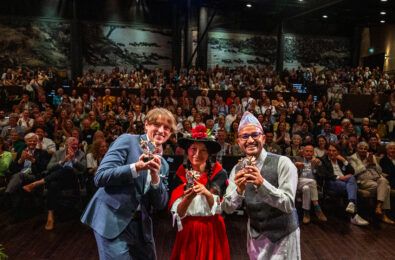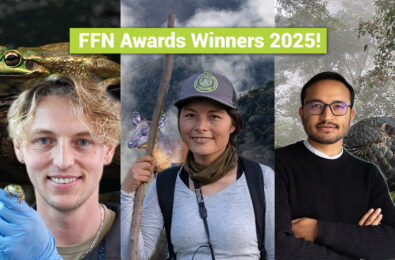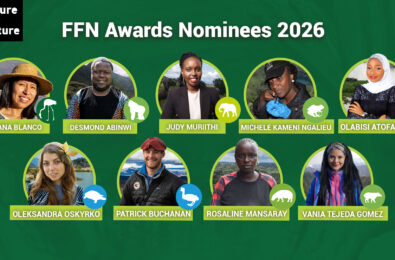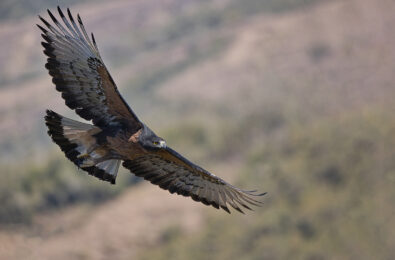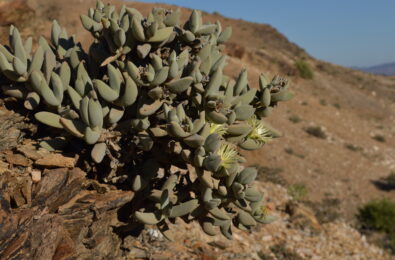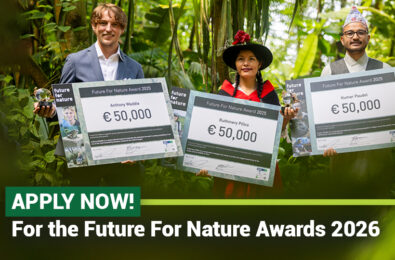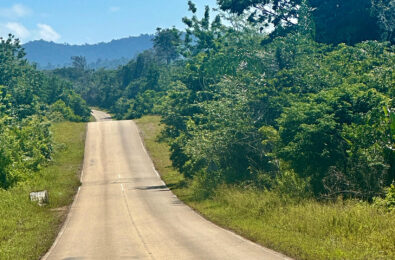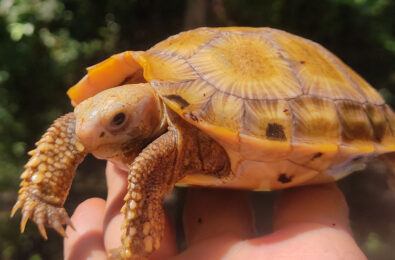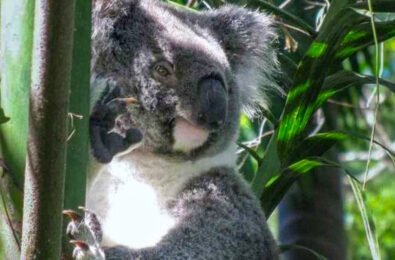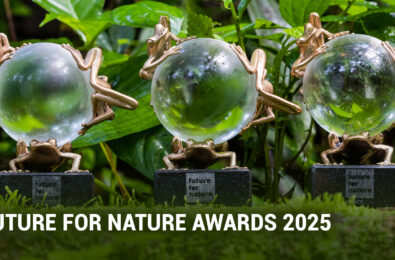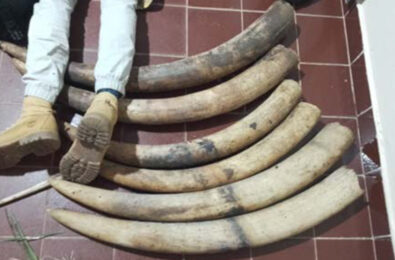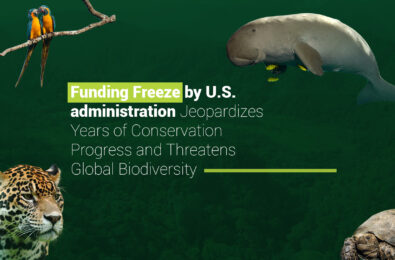Our National Selection Committee has selected the 2026 Future For Nature Awards nominees. We proudly introduce the 9 nominees and their inspiring conservation work.
Anthony Waddle
Anthony Waddle is a conservationist based in Australia who dedicates his work to saving amphibians from the most devastating disease known to amphibians, caused by chytrid fungus.
Background
Amphibian chytrid fungus is an infectious fungal pathogen that is often fatal to amphibians. It attacks the skin cells of amphibians, which are very sensitive and are used for water uptake and ion exchange. Chytrid fungus has caused the decline of over 500 amphibian species and driven at least 90 species to extinction worldwide.
During his undergraduate studies at the University of Nevada, Las Vegas, Anthony studied the effects of chytrid fungus on the endangered relict leopard frog. His passion for amphibian conservation led him to pursue a master’s degree, where he examined the population-level impacts of the disease and began exploring immunization strategies. To expand his expertise, Anthony completed a PhD at the University of Melbourne, developing pioneering strategies to combat chytrid in nature and worked closely with conservation managers to implement real-world solutions.
Anthony takes a hands-on approach in addressing this crisis. For example, he initiated the ‘frog sauna‘, which is a simple artificial thermal shelter consisting of 10 common masonry bricks stacked inside a 1-meter square vegetable greenhouse. These structures enable the endangered Australian green and golden bell frog to elevate its body temperature, clear infections, and develop resistance to the deadly disease. In addition, a vaccination approach he developed is being implemented both in green and golden bell frogs and in leopard frogs in the USA. Anthony carries this hands-on approach with his partnerships with federal and state government agencies, non-profits, community groups, wildlife managers, and citizen scientists to ensure that research is being adopted and scaled for maximum impact. For example, alongside the Australian Museum, he is encouraging the public to construct the frog saunas in urban and suburban environments and to monitor frogs using the citizen science app: FrogID.
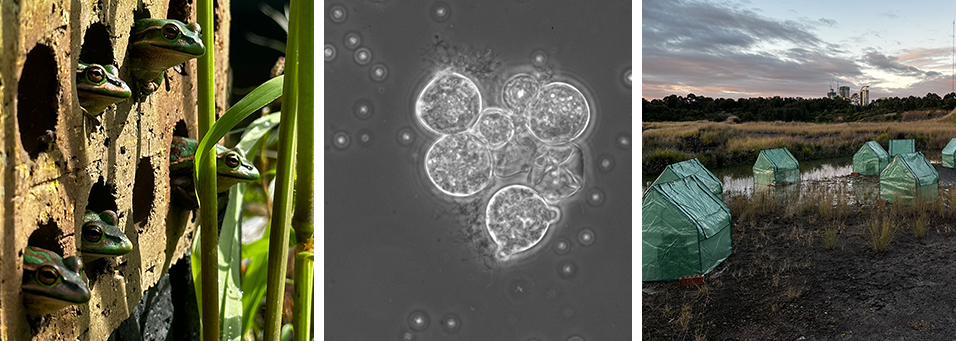
Vision and approach
Anthony’s mission is clear: to develop innovative, science-based solutions that can be directly implemented to save endangered species. He believes that combating amphibian declines requires interdisciplinary collaboration. His current projects include working with immunologists to create more effective vaccines and partnering with engineers to develop streamlined translocations and remote health monitoring.
His long-term goal is to scale up conservation efforts by implementing these solutions across a broader range of amphibian species. While chytrid fungus remains a complex challenge, Anthony’s research proves that innovative, hands-on conservation strategies can make a real difference.
Impact of the Future For Nature Award
With the Future For Nature Award prize money Anthony will:
- Upscale his work from the population to the species level to counteract the ongoing winter epidemics that are eroding wild frog numbers.
- Deliver vaccinations and construct frog saunas across the east coast of Australia to support endangered green and golden bell frogs.
- Engage with local councils and community groups to construct backyard ponds and frog saunas. Green and golden bell frogs were incredibly well-adapted to living alongside humans before the arrival of chytrid and with the addition of frog saunas to the urban landscape, this could be the case once again.
Moving Forward
Anthony is currently setting up two “frog hospitals” in greater Sydney where frogs are being brought in ahead of winter chytrid outbreaks to be vaccinated. He is also building frog saunas at these sites to assist with long-term persistence of frogs that cannot be directly treated. He believes the combination of these approaches that he has developed will give populations a big boost, while ensuring longer term protection from annual chytrid outbreaks.
Anthony is also working with government and industry partners to unravel the genetic mechanisms that could be key to providing permanent solutions to the challenge of chytrid. His goal is to find genes that protect some frogs from disease and to move genetically resistant frogs to struggling populations. “We need to future proof our conservation efforts and genetic resistance will be key.”




